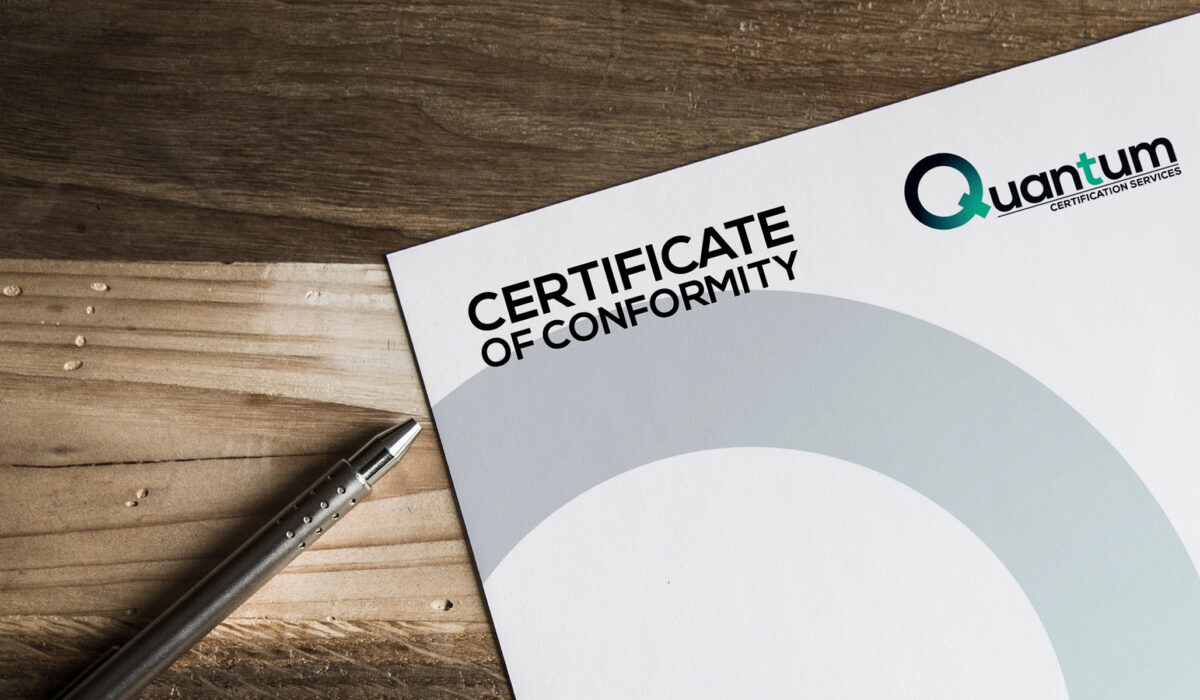Quantum's Audit and Certification Process
The certification process commences with Quantum Certification Services gaining an understanding of your business operations and specific certification requirements so we can assess your application and provide you with an obligation-free quote.
Quantum reserves the right to decline any application made for its certification services. If an application is declined, Quantum will communicate the reason to the applicant.
Once an application is accepted, we provide you with an Audit and Certification Agreement which describes our terms and conditions. The Audit and Certification Agreement forms part of a legally binding agreement between Quantum and your organisation.
Consumer and Client Participation
The human services and disability standards we audit, require consumer involvement in the audit process. Consumer feedback is an essential part of the audit process and is one source of evidence used to assess performance to the standards being audited.
A consumer is a person who is receiving a service and support from a service provider. Other terms that are used to describe a consumer include client, NDIS participant, service user or person with a disability.
Individual consumer participation in audits is voluntary. Their involvement can occur in the following ways:
- Participation in opening and closing meetings
- Audit interviews
- Casual and incidental engagement with the audit team
- File review
Providers are required to inform consumers about the audit and how they can be engaged in the audit itself. Providers must also ensure consumers are informed of their choice to utilise an independent support person or advocate prior to their consent being obtained.
It is desirable to obtain the consumer’s consent and agreement for their participation in the audit in writing. An independent advocate should be involved to determine the consumer’s capacity to provide consent; and to support an appropriate level of involvement by the consumer where required. Where written consent is not obtained, the reason for this is recorded by the audit team and evidence supporting the assumption that consent was sought and has been obtained e.g. verbal and active participation in the audit.
Certification Process
The Stage 1 audit is performed to:
- Audit management system documentation.
- Evaluate the organisation’s location, site-specific conditions and to determine its level of preparedness for the Stage 2 audit. The audit team communicates and documents their findings, including any areas of concern that could be classified as a non-conformance.
At the conclusion of the Stage 1 audit, we provide you with a report. We also discuss with you the timing of the Stage 2 Certification Audit.
The purpose of the Stage 2 Audit is to evaluate the implementation and effectiveness of your system in meeting the requirements of the relevant standard. The Stage 2 Audit is carried out on-site.
During the Stage 2 Audit, we look for objective evidence (records, documents) to verify that the activities of the organisation and system meet the requirements of the relevant standard.
A final certification decision is made on the basis of an independent evaluation of audit findings and conclusions and any other relevant information i.e. non-conformities.
Surveillance and mid-cycle audits are conducted to assess and determine that the certified management system continues to fulfil requirements between recertification audits.
The frequency of surveillance audits depends on the Standard being audited.
Surveillance audits must be conducted at least once a year and not more than 12 months from the last day of the initial Stage 2 Audit.
Mid-cycle audits are conducted mid-way through the certification cycle, usually around 18 months.
Recertification audits are conducted every three years to verify that the client’s system continues to satisfy requirements for the renewal of certification to the relevant standard.
This includes assessing the continuing effectiveness of the quality management system, ability to enhance overall performance and whether the management system helps the organisation achieve its stated objectives.
